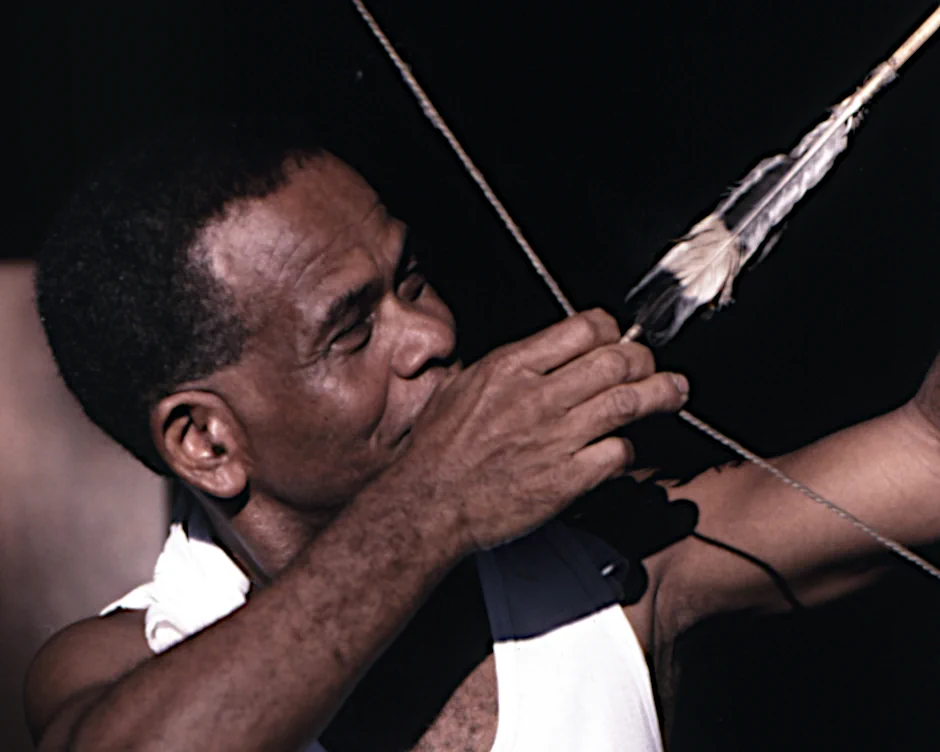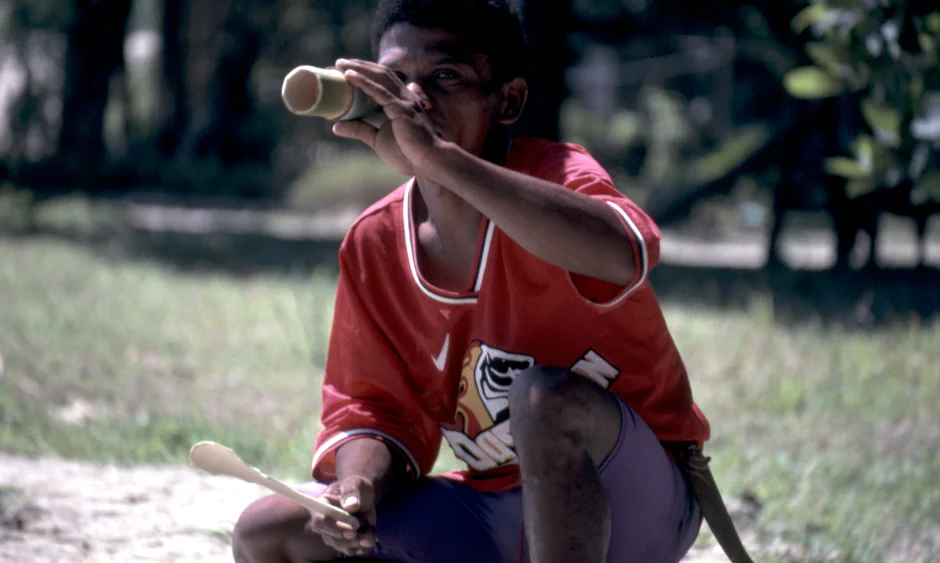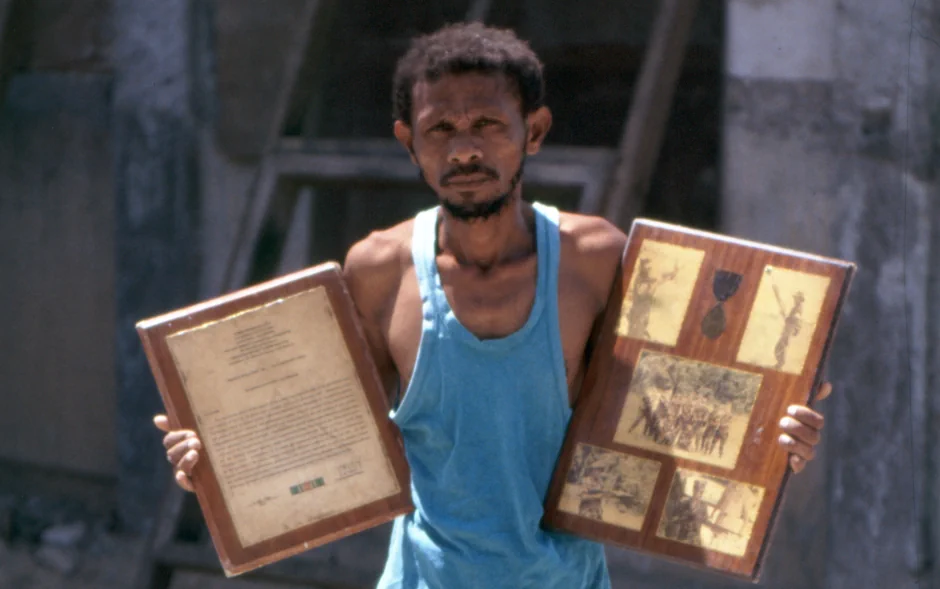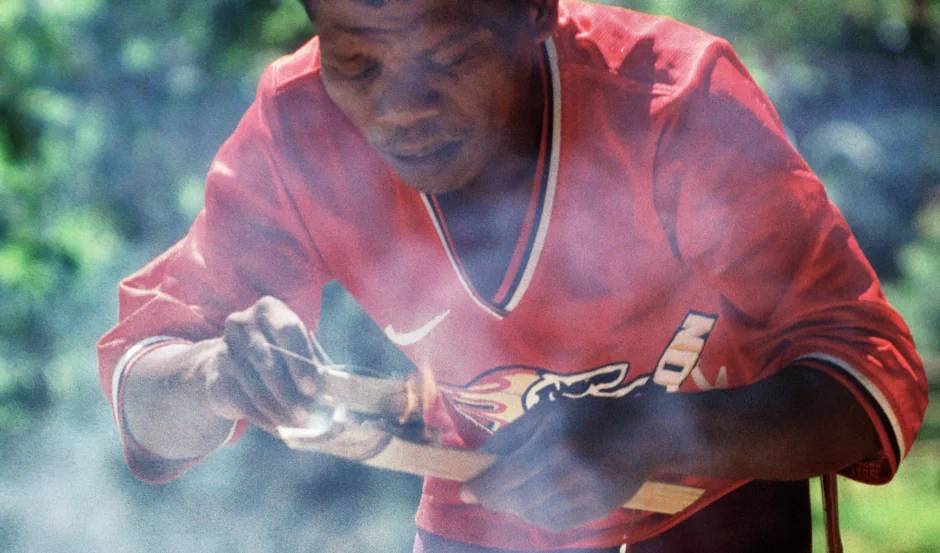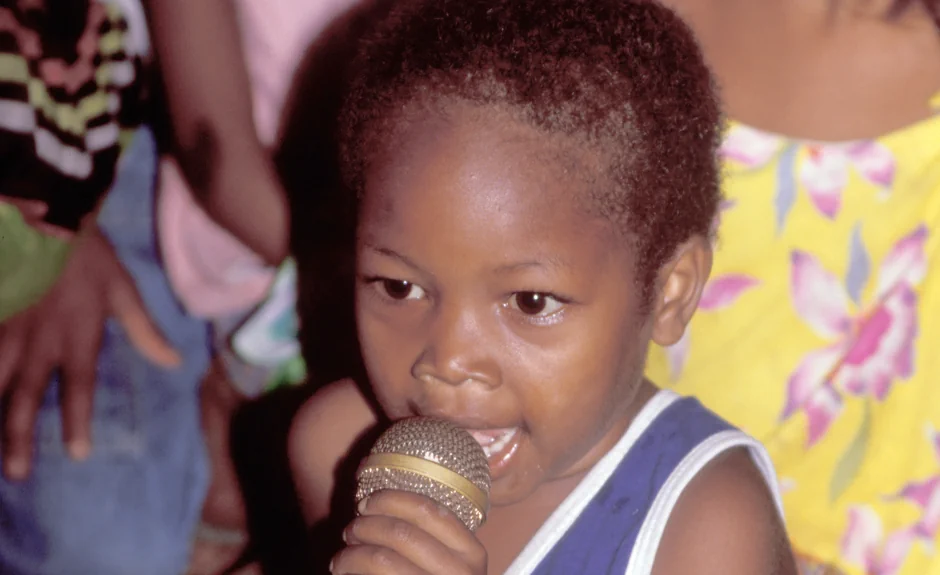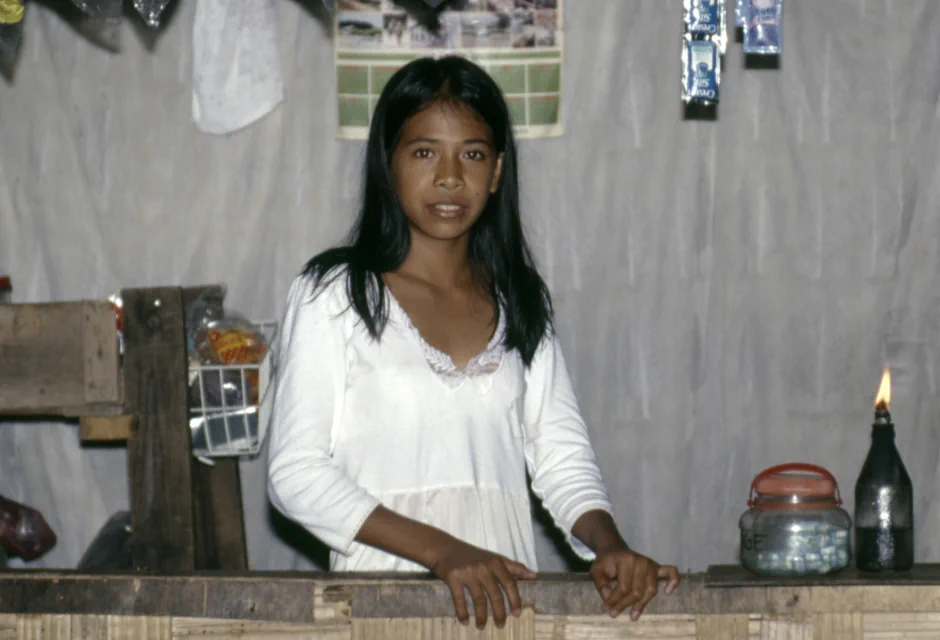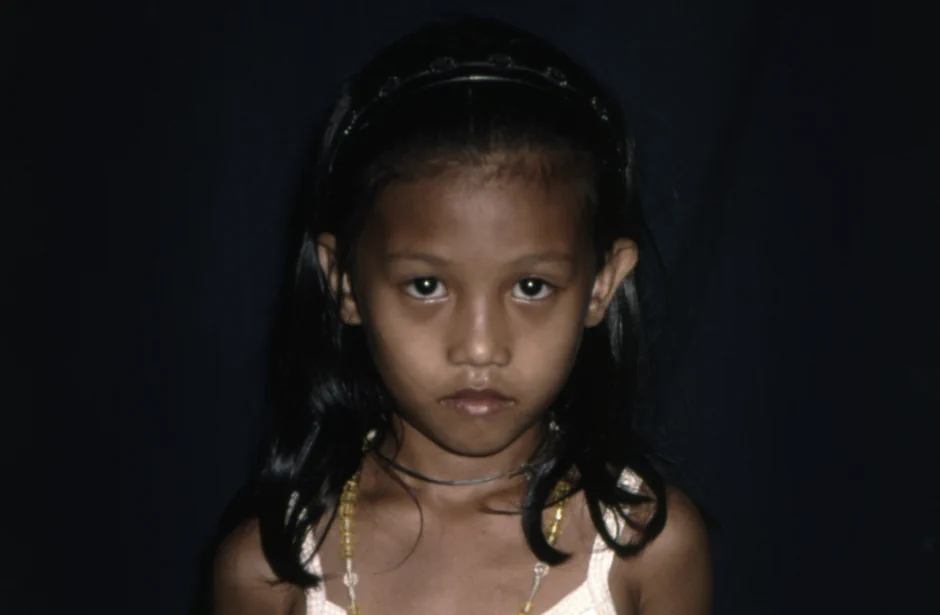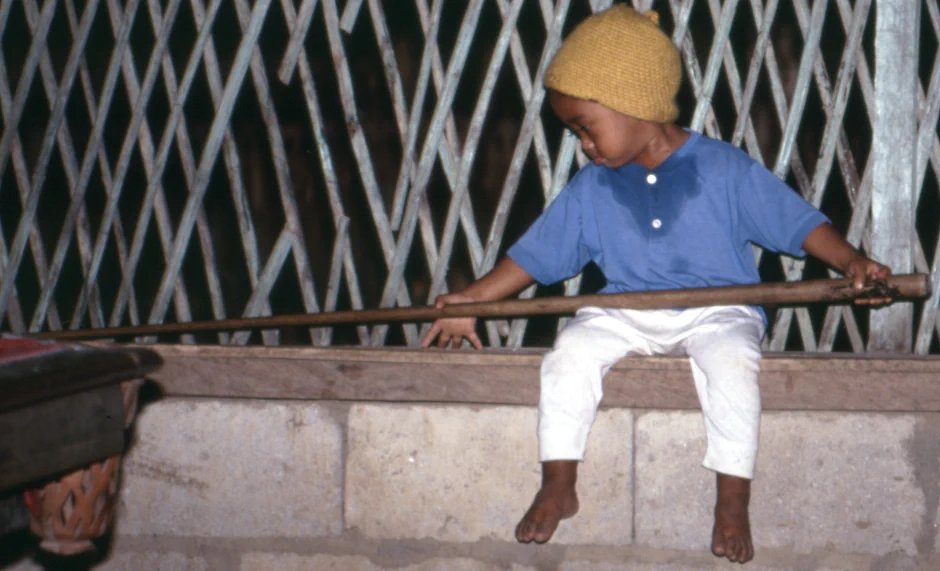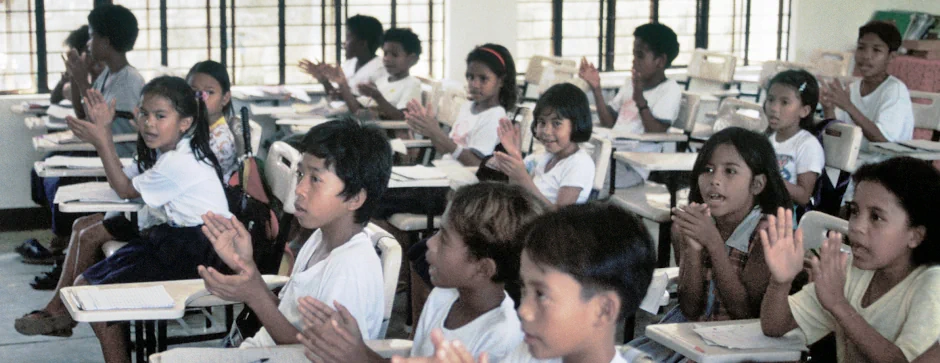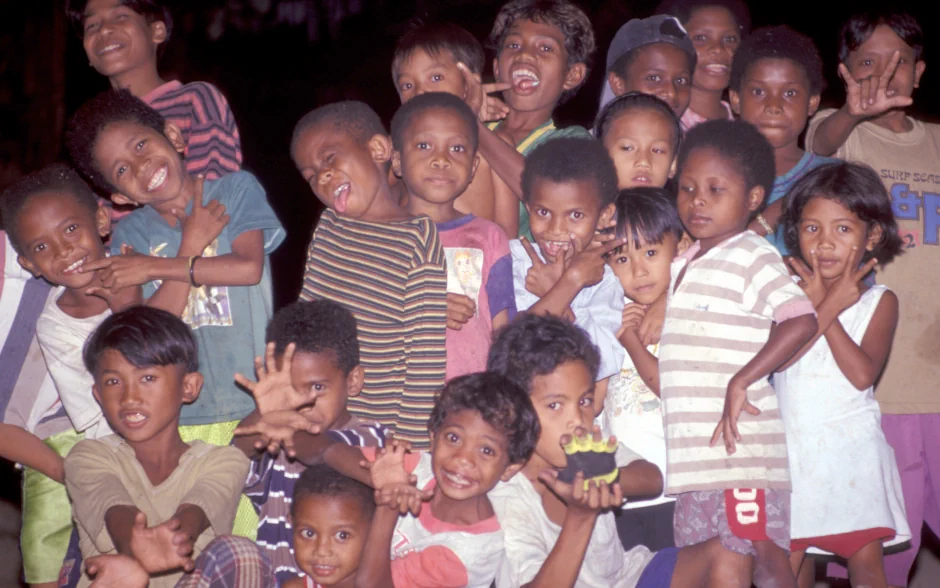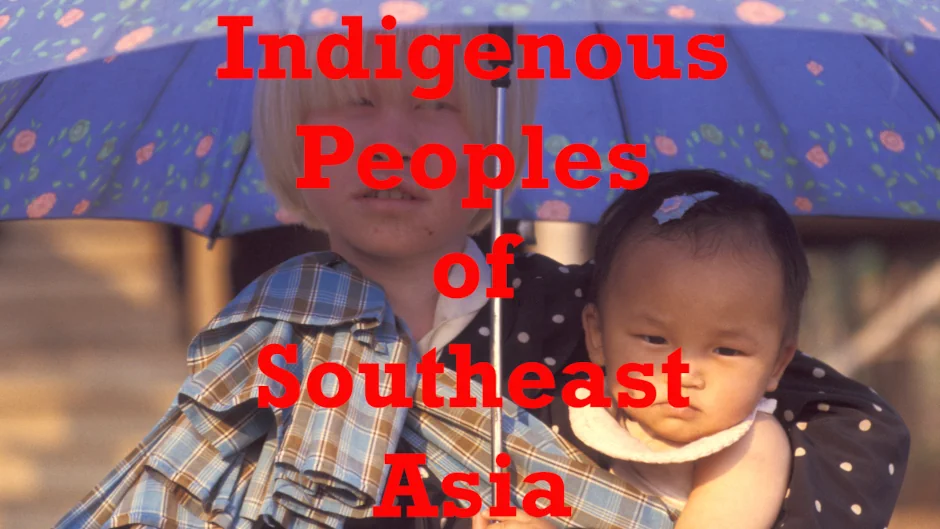The Indigenous Aeta People
Ethnonyms: Ayta, Agta, Atta, Ata, Ati, Ita Countries inhabited: The Philippines Language family: Austronesian Language branch: Malayo-Polynesian
The Aeta people are indigenous to the northern part of the Philippines — specifically the island of Luzon. Historians and anthropologists still debate when and how they migrated there, the consensus being that they crossed from the island of Borneo between twenty and thirty thousand years ago, using a land bridge that was partially covered by water around five thousand years ago (the remaining part of which is now the island of Palawan).
Whatever their migration path was, the Aeta are without doubt among the first — if not the first — inhabitants of the Philippines. One area of that country where the Aeta had lived for thousands of years is around Mount Pinatubo. An active volcano, it erupted in June of 1991. It was one of the worst volcanic eruptions in history and was devastating to the nearby Aeta population. Around a quarter of a million people lost their homes — many of them Aetas. Although the area is still being cleaned up, the Aetas have long since re-settled in urban areas of Luzon. It is doubtful they will ever return to their former homeland.
Traditionally a hunting-gathering people, the Aeta are still among the most skilled anywhere on Earth in jungle survival. That skill was not overlooked by the United States military. During the American war in Vietnam, the US naval base at Subic Bay was conveniently located close to the Aeta village of Pastolan. Many Vietnam veterans were trained in jungle survival there before they ever landed in Vietnam.
One man in particular, Manifacio de la Junta Florentino, photographed above, played such a large part in that training that the walls of his humble house are covered with accolades and letters of appreciation from high-ranking US military personnel. Mr. Florentino was my host during my stay in his village.
These days, Mr. Florentino lets the next generation practice jungle survival and demonstrate the techniques to visitors. His time is taken up by his duties as village headman, as well as keeper of the village karaoke machine.
Children flock to his house most evenings to give their renditions of Western songs. If you've traveled in Southeast Asia, you'll know that karaoke is the single most common form of entertainment. Even so, it was strange to see how popular it was in this village.
It shouldn't have been so surprising, though. These days the Aeta have many outside influences on their traditional culture and lifestyle. One example is religion. Although the Spaniards brought Catholicism to the Philippines, that religious conversion was largely restricted to the majority ethnic Malay population. Spanish colonists had little contact with the indigenous peoples of the Philippines. Still, Catholicism has reached many Aetas, including those I saw in Pastolan village.
Other "modern" influences on the Aeta include inter-marriage with Filipinos, the sport of basketball — surprising when you realize that many Aetas are less that 5 feet tall — and the game of pool.
Although the Aeta were among the first inhabitants of the Philippines, natural disasters and exploitation of their land for natural resources have acted over the years to displace many of them. However, the government has recently paid more attention and respect to their heritage and way of life through organizations such as The Indigenous People Development Plan.
On February 2, 2001 the Aetas in these photographs were granted Ancestral Domain Title to their land. The official certificate reads that this title was granted in virtue of their "having continuously occupied, possessed and utilized [the land] since time immemorial." Interestingly, it is written neither in Aeta Ambala, their indigenous language (which very few Aetas still speak), nor in Tagalog, the most widely spoken language in the Philippines. Instead, it is written in English.
Aeta children go to school these days. Their curriculum is the same as that of their Filipino peers. The subjects taught include English, culture and good manners. The school in Pastolan village is desperately short of materials though. The children were very interested in my visit to their school. The photograph above shows them singing a "welcome" song for me — which they sang in both English and Tagalog.
They were just as welcoming after school. When the karaoke machine was turned on for the evening's entertainment, they insisted I sing them a song. After straining to complete My Way and handing back the microphone, I grabbed my camera. The children then immediately grouped themselves for an impromptu shot.
Photography copyright © 1999 - 2025, Ray Waddington. All rights reserved. Text copyright © 1999 - 2025, The Peoples of the World Foundation. All rights reserved.

Waddington, R. (2002, revised edition 2023), The Indigenous Aeta People. The Peoples of the World Foundation. Retrieved July 5, 2025, from The Peoples of the World Foundation. <https://www.peoplesoftheworld.org/aetas/>
Web Links Aeta Tribe Foundation. Books Eder, J. F., (1988) On the Road to Tribal Extinction: Depopulation, Deculturation, and Maladaptation Among the Batak of the Philippines. Berkeley, CA: University of California Press. Brosius, J. P., (1990) After Duwagan: Deforestation, Succession, and Adaptation in Upland Luzon, Philippines. Michigan Studies of South and Southeast Asia Number 2. Center for South and Southeast Asian Studies, University of Michigan Press. Early, J. D. & Headland, T. N. (1998) Population Dynamics of a Philippine Rain Forest People: The San Ildefonso Agta. Gainesville, FL: University of Florida Press. P. B. Griffin & A. Estioko-Griffin, eds. (1985) The Agta of Northeastern Luzon: Recent Studies. Cebu City, the Philippines: San Carlos Publications.
